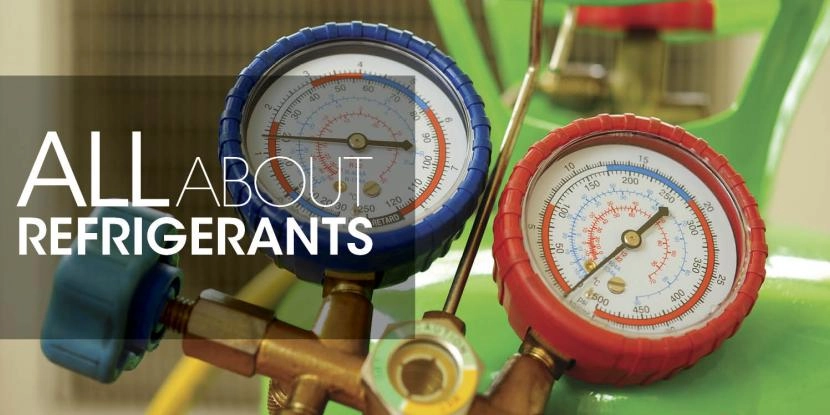
Aire Serv experts explain how to determine if your AC needs a refrigerant refill and what steps to take.
- Check for weak airflow or warm air from vents
- Listen for hissing or bubbling noises
- Inspect for ice buildup on coils
- Contact Aire Serv for professional diagnosis and refill
This time of year, you rely on air conditioning to stay cool and comfortable. Perhaps you have heard about the importance of a proper refrigerant charge. What happens if the system gets low? Will you notice? How crucial is it to get the refrigerant refilled?
Defining Refrigerant
You must understand that refrigerant is not like gasoline in a car. It’s not the fuel on which an air conditioner runs. Instead, refrigerant is recycled through the system over and over, absorbing and releasing heat as it travels between the indoor and outdoor components of your air conditioning system. This is important because it means you shouldn’t have to worry about refilling the refrigerant unless it was undercharged from the get-go or it has sprung a leak.
It’s also important to know that, in response to growing environmental concerns, an older form of refrigerant called R-22 (Freon) has been phased out in favor of a more eco-friendly alternative called R-410A (Puron). These systems are not compatible. You can’t refill an R-22 unit with R-410A, so if you discover the refrigerant is low in your older air conditioner, you may want to update to a new model. This is often preferable to paying steep prices for an R-22 refill since it’s currently in short supply following the phase out and will be completely prohibited by 2020.
Signs You Need a Refrigerant Refill
Regardless of what type of refrigerant your air conditioner runs on, the signs that indicate you need a refill are the same:
- Loss of cooling ability: Less heat can be extracted from the interior when the refrigerant is low, causing the air conditioner to run longer with less effective cooling power.
- More expensive bills: To add insult to injury, your home, which is now less comfortable due to lower cooling ability, racks up higher electricity bills. As the air conditioner struggles to cool as it once did, longer run times send your cooling bill through the roof.
- Frozen cooling coil: In its heated state, refrigerant prevents the indoor evaporator coil from freezing. When refrigerant levels are too low, the condensation that forms on the coil begins to freeze. Between cycles, the ice melts and can cause water damage in your home.
- Overheated compressor motor: When the refrigerant passes by the compressor motor, it’s in a cool state. This allows the refrigerant to double as a cooling agent and keep the motor from overheating. However, when the refrigerant is low, it’s not as effective at cooling the motor, which may cause it to overheat. You know the motor has overheated if the circuit breaker trips or the A/C has trouble starting up.
Ignoring the need to refill air conditioner refrigerant can lead to discomfort, high energy bills, water damage and an air conditioner that eventually won’t run at all. Recharging the system is not something you can handle yourself. You need a licensed HVAC technician with the proper equipment, materials and knowhow to fix any leaks and restore the refrigerant to its proper level.
An overcharged system is equally bad for air conditioner performance, so make sure you choose a professional who takes time to accurately measure refrigerant levels before calling the job complete. Trust the repair to Aire Serv®, your heating and air conditioning experts. Contact us today to set up an appointment.

